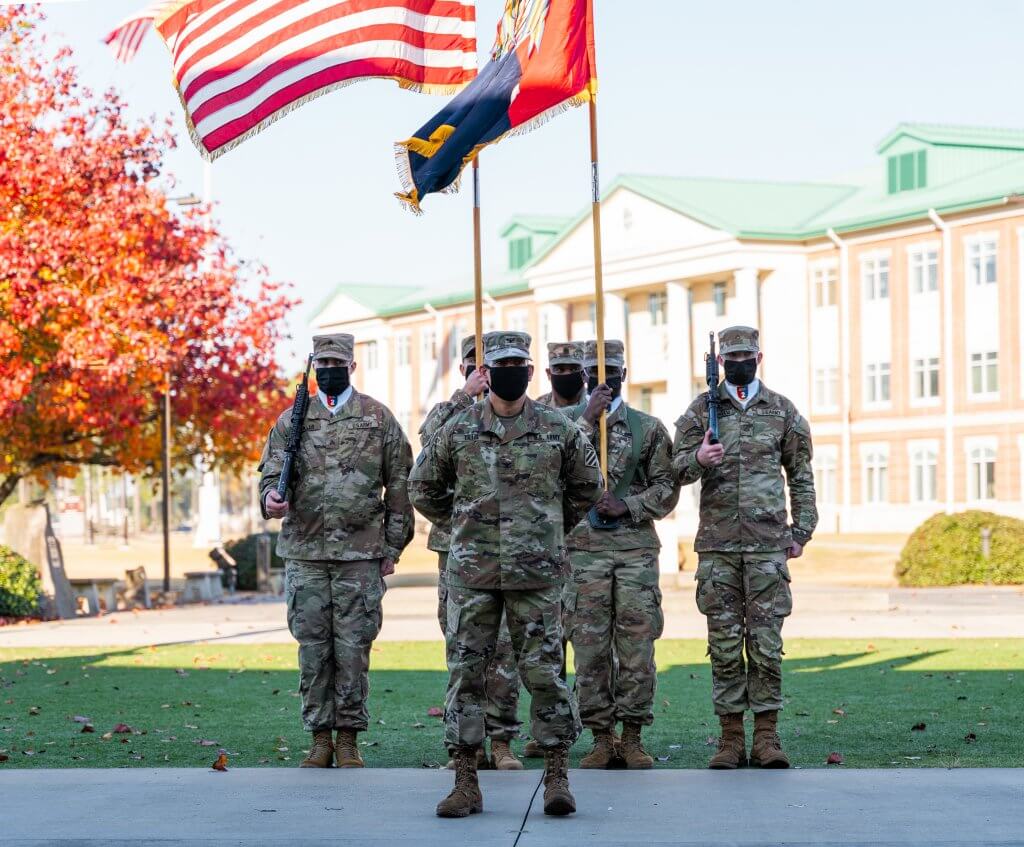A Fort Stewart-based unit recently returned after a nine-month deployment in support of missions across Europe.
The 2nd Armored Brigade Combat Team, 3rd Armored Division deployed last summer for what was initially supposed to be 90 days. The unexpected impacts of the coronavirus pandemic led to a months-long extension for the brigade.
Because of COVID-19, Col. Terry R. Tillis, 2ABCT Commander, says, “The 90-day exercise turned into a nine-month deployment.”
Still, Tillis deemed the mission, which is operated under the Regionally Aligned Readiness and Modernization Model (REARM), a success.
“We’re very proud of our brigade and our accomplishments,” Tillis said.
Initially, there was some “strife,” according to Tillis, but the unit adapted and got down to business.
“We were able to reassure our partners and allies, help strengthen the alliance, and assist and deter regional aggression through increased interoperability,” Tillis said.
Done across 10 countries, this included eight large-scale multinational training exercises and involved upping proficiency on existing equipment. Platoon crew gunneries did extensive time on M1 Abrams, M2 Bradleys, and Paladin Tanks and received artillery certification. The lethality of weapon systems was also maintained.
Overall, the groundwork was laid to modernize equipment, and the next 18 months will usher in new Bradleys and Paladin Tanks. Joint Light Weight Tactical Vehicles are also on the list, the next generation of maintenance equipment is on the way, and in transition, making sure automated components tie in with existing systems.
With the work put in, opportunity opened up and a tank platoon was sent to compete in a multinational tank competition in Greece.
“Our team did an outstanding job,” said Maj. Alex J. Wray.
Equipment functionality wasn’t the only aspect, though. Crossing boarders was part of the agenda and transport was pretty straightforward. That’s until movements reach a certain point north.
“It’s when you hit the Lithuanian border. There we had to switch to a smaller rail gage,” said Wray.
A crane was employed to move equipment to the appropriately-sized cars, but the key piece took place beforehand.
“We had to make sure we understood all the actual requirements with our nation partners,” Tillis explained.
With the more deliberate planning, the future stage has been set for more efficient movement of vehicles, but addressing military hardware wasn’t the only mission.
“We also focused on the individual soldier, to start building individual readiness and putting people first,” Tillis said.
Far from home, the brigade got no sense of being uninvited. They were welcomed with open arms all over Europe, said Tillis, “It was amazing to see so many of our partners seek us out to partner and train with us.”
The threat from Russia was a binding factor too.
“We executed our missions in accordance with NATO’s intent,” said Tillis. “Those were the key pieces, and I think that brought us all together as an alliance.”
The deployment had no problem rotating in Army Reserve and National Guard personnel either. The two units were headquartered at Strategic Element and were part of MLRS and Air Defense Batteries.
“They partnered and trained with us,” said Tillis. “We were able to utilize some of their capabilities in the higher mission set in accordance with our O-Plan.”
In turn, the extra time boosted overall readiness. Equipment maintenance got a rating of 95%, and back in Georgia, the brigade would never have gotten nearly as much live fire and maneuver training, according to Tillis.
Additionally, five of the seven units got a full TTC rotation, and the high T-Level rating scored has the brigade ready to deploy. As for the wildcard COVID-19 created, the brigade employed standard mitigation strategies, and the results were hard to argue with. Out of 3,383 personnel, only three tested positive.
But even though COVID-19 couldn’t have been predicted, REARM intends to take out as much of the guess work as possible. A deliberate schedule is now planned 18 months out and filters down to each soldier on an individual basis. An aspect that extends assurance to families, and in the end, Col. Tillis had full praise for the brigade’s adaptive ability to train and learn.

